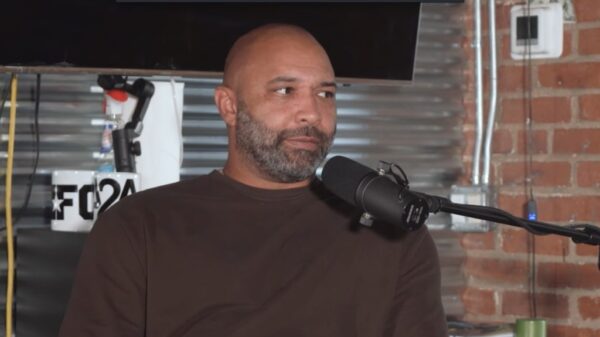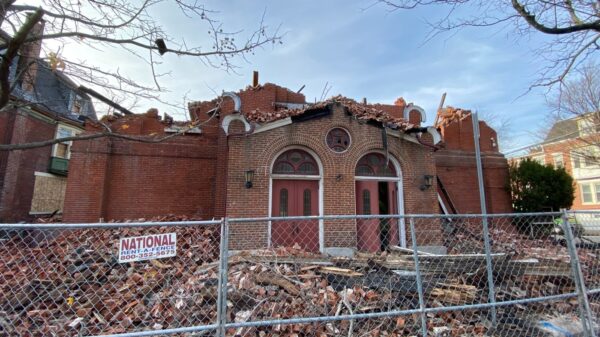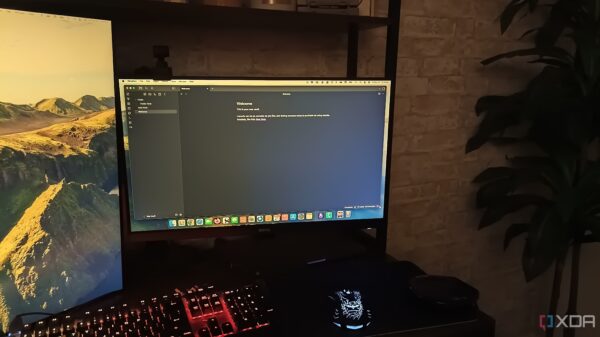UPDATE: First-time homebuyers in the United States are vanishing at an alarming rate, with the average age reaching a historic high of 40 years old, according to the latest data from the National Association of Realtors (NAR). This trend could have profound implications for the real estate market as younger buyers face unprecedented challenges.
Over the past few years, the landscape of homeownership has drastically shifted. New reports confirm that the share of first-time buyers fell to an all-time low of 21% of home purchases last year, nearly half the historical average. As the market tightens, the typical age of buyers has surged, with many millennials and younger generations feeling increasingly locked out of homeownership.
Suzie Payne, a 42-year-old mother from Philadelphia, encapsulates this struggle. After years of financial instability and job loss, she finally saw potential homeownership opportunities in her new city, where listings for old rowhomes began around $200,000. Despite her efforts, including taking first-time homebuyer classes and securing a loan, the path to buying her first home has been fraught with obstacles.
According to the NAR, the median age for all homebuyers has also risen to an unprecedented 59 years, reflecting a shift toward older, wealthier buyers who can better navigate rising mortgage rates and soaring home prices. Jessica Lautz, NAR’s deputy chief economist, stated, “We have a very large young-adult population who are really just seeing the door shut on them for homeownership.”
The implications of this trend are staggering. Homeowners who delay purchasing their first home are missing out on potential wealth accumulation, with Lautz estimating that buying a decade later could mean forfeiting around $150,000 in equity. This generational wealth restriction could have lasting effects on future financial stability for today’s young people.
Real estate agents across the country report increasing frustration as younger buyers struggle to save for down payments amid rising rental costs and student debt. The market is dominated by repeat buyers, many of whom are using cash to secure homes, further complicating the situation for first-time buyers.
The phenomenon of delayed homebuying is reshaping perceptions of what a “starter home” should be. Many young buyers are now postponing purchases, hoping to find a more permanent residence rather than a stepping stone. The NAR indicates that sellers are staying in their homes longer—averaging 11 years—which stifles movement within the housing market.
Payne’s journey illustrates the emotional toll of this market. After securing a bid on a house, she faced a medical emergency with her daughter, leading to her withdrawal from the purchase. She has since attempted to buy twice more, each time facing hurdles that left her feeling overwhelmed and uncertain about the economic climate.
As the real estate market continues to evolve, it remains critical for potential buyers to stay informed and prepared. The dynamics of homeownership are shifting, with older generations dominating the landscape, leaving many younger individuals to reconsider their housing aspirations.
For those watching this developing story, the urgency to understand the implications of these trends cannot be overstated. The future of homeownership in America hangs in the balance, and the barriers facing first-time buyers are growing ever higher. Will the market shift back to more accessible conditions for younger buyers, or is the age of the geriatric homebuyer here to stay?
Stay tuned for updates on this pressing issue impacting millions across the country.







































































